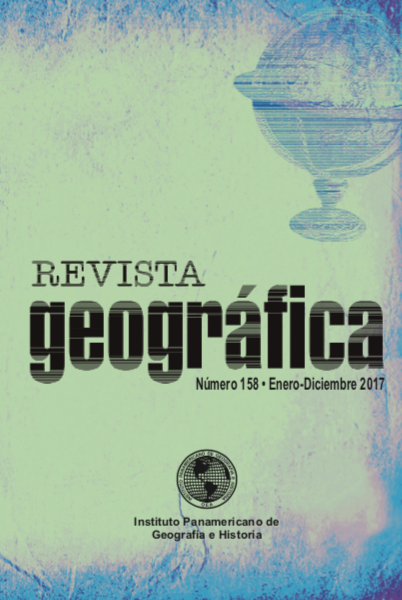Análisis de riesgo de la zona costera del departamento de Canelones, Uruguay: la información geográfica como herramienta para la gestión del territorio
Main Article Content
Abstract
Uruguayan coastal zones are an economic asset which produces relevant wealth to the whole national economy. In Uruguay a considerable part of the national and international tourism and its related activities, rely on coastal zones. They are a particular landscape, important from a cultural perspective, inhabited by a significant proportion of the country’s population. Considering its geomorphological characteristics, coastal areas can be conceived as a vulnerable system. In particular in the Canelones Department (Uruguay), coastal zones, there are active cliffs, nearby housing and infrastructure with adverse effects on the landscape. The objective of this work was to quantify the vulnerability of the coastal zones of Canelones Department and to develop a geographical information system methodology to assess this damage, based on physical variables, demographics, land values and infrastructure proximity. This methodology was developed in PostGIS, complemented with GRASS GIS and GDAL libraries for the generation and processing of raster information. The methodology is reproducible and can beadapted to different coastal zones depending on the available information. Using this methodology we identified six zones at high risk: Fortín, Villa Argentina and Atlántida; Floresta and Costa Azul; Guazuvirá; San Luis and Los Titanes; Santa Lucía del Este; Cuchilla Alta.
Downloads
Article Details
-
Abstract910
-
PDF (Español)617
